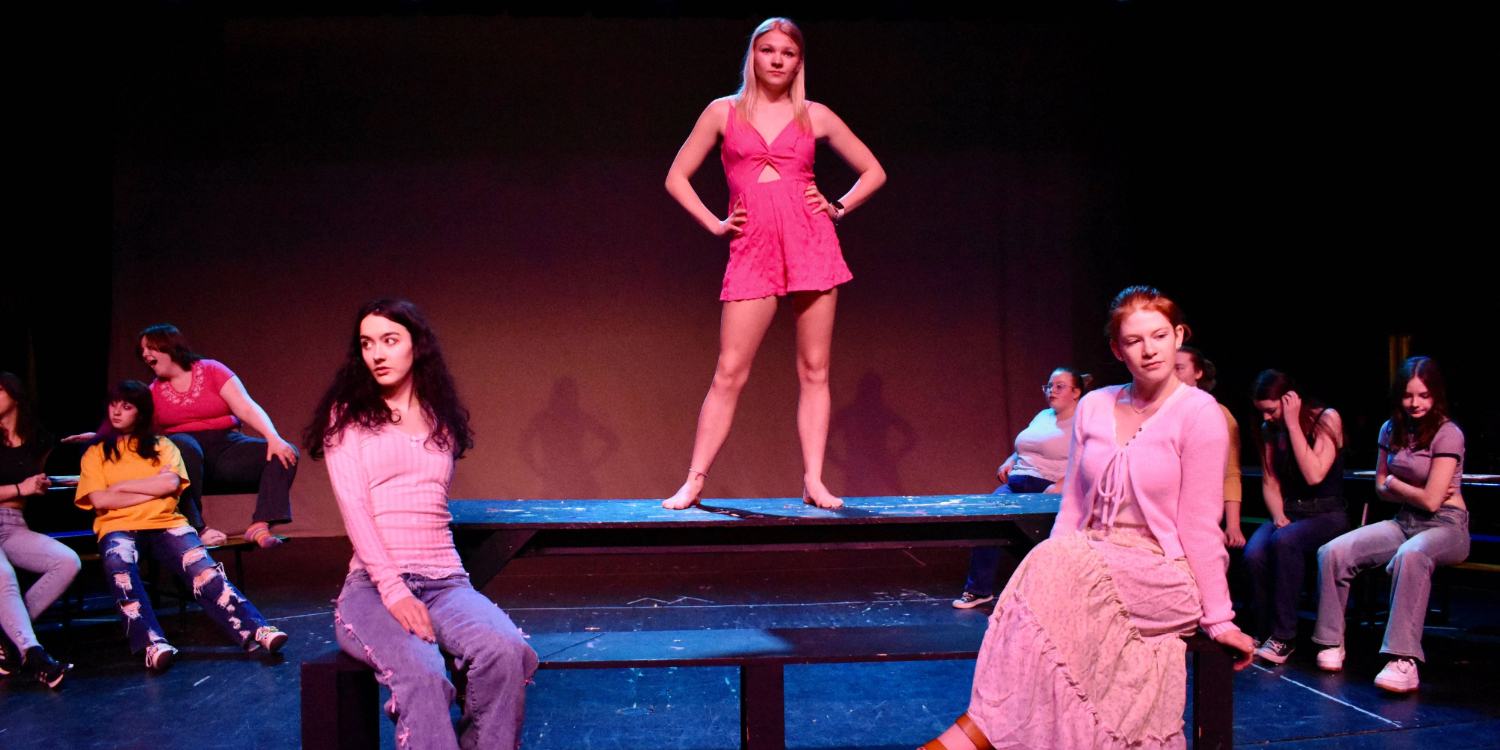Book review: ‘The Lost Girls of Willowbrook’
Published 3:00 am Wednesday, February 15, 2023

- Book cover_.jpg
“The Lost Girls of Willowbrook” by Ellen Marie Wiseman is a read not for the faint of heart or for anyone with a queasy stomach.
It takes place in a mental institution for women and girls in New York State during the 1970s. Based on a true story, it follows what happens to Sage Winters when she travels to Willowbrook to help find her twin sister, Rosemary, whom she believes had died of pneumonia six years earlier, but discovers was left at Willowbrook School by her mother and stepfather because her behavior was unmanageable.
Rosemary turns up missing and Sage takes the bus to Willowbrook only to be mistaken for her twin sister and forcefully admitted to Willowbrook where she endures life in the “Willowbrook School.”
She tries to tell everyone who she is, but no one will listen, insisting she is making up her contention that she is Rosemary. She is labeled paranoid and delusional with violent tendencies.
At Willowbrook, women and girls, some as young as 6 or 7, are experimented upon, forcibly sterilized, and drugged with strong psychotic medications on a daily basis. The staff is ill-trained and cruel, and the residents are treated as nothing more than cattle to be herded from one place to another. The food is watered-down oatmeal for breakfast, “brown mush” (meat), “green” mush (vegetables) and “white” mush (rice or potatoes). The morning orange juice is laced with tranquilizers, to keep everyone in line.
Sage endures nights of screaming, maniacal laughter, crying and constant worries of being taken to the “Pit” — a place for troublemakers, similar to solitary confinement.
The toilets overflow with human waste and the weekly showers are done with a firehose. Residents lie naked all day on concrete floors. There is an attendant who physically and sexually abuses the residents, yet no one will report him. Lobotomies are used to control the most troublesome. Some are even murdered.
Sage befriends a young janitor who knew her sister and can tell that Sage is not Rosemary. Between the two of them, they are able to solve the mystery of Rosemary’s disappearance and notify authorities of what is going on behind the seemingly benign walls of the Willowbrook School. In the process, other murders are discovered on the Willowbrook campus.
If anyone is familiar with American author Mary Jane Ward’s book, “The Snake Pit,” which is semi-autobiographical and takes place in a mental institution, or has seen the film, this book conjures up images of those horrors.
Ultimately, the story of Willowbrook School comes out through an investigative story by Geraldo Rivera in 1972. According to the book, at the time more than 5,400 people lived at Willowbrook, making it the largest state-run mental institution in the United States. Because of that exposé, the state of New York settled with the parents and families of the residents of Willowbrook and the school is shut down for good in 1987. Legislation is enacted that protects mentally and physically challenged individuals from experiencing a “Willowbrook” ever again.
But the story doesn’t end there.
After her release from Willowbrook School, Sage Winters goes on to become a social worker for the state of New York and finds foster homes for many of the former residents of Willowbrook School. She has since died.
The 355-page book is hard to put down. It is alternatingly shocking, as in “How could human beings in charge of others’ well-being do this to them?” to being filled with disbelief — “How could this happen in the 20th century without anyone knowing about it or stopping it?”
It is graphic, yes, but the horrific details are necessary to convey the intensity and truthfulness of the story. The characters are well-developed and overall, the book is well-researched and well-written.
If there is one criticism, it is that the author overuses the descriptions of Sage’s heart constantly, “about to burst from her chest” or “beating so hard against her rib cage, she thought it would break a rib or two.”
The story of the lost girls of Willowbrook School is both tragic and heartbreaking, but it is also the story of triumph over a system that sought to marginalize and demean our most vulnerable citizens, and it reinforces the right that everyone deserves to be treated humanely and with dignity.





